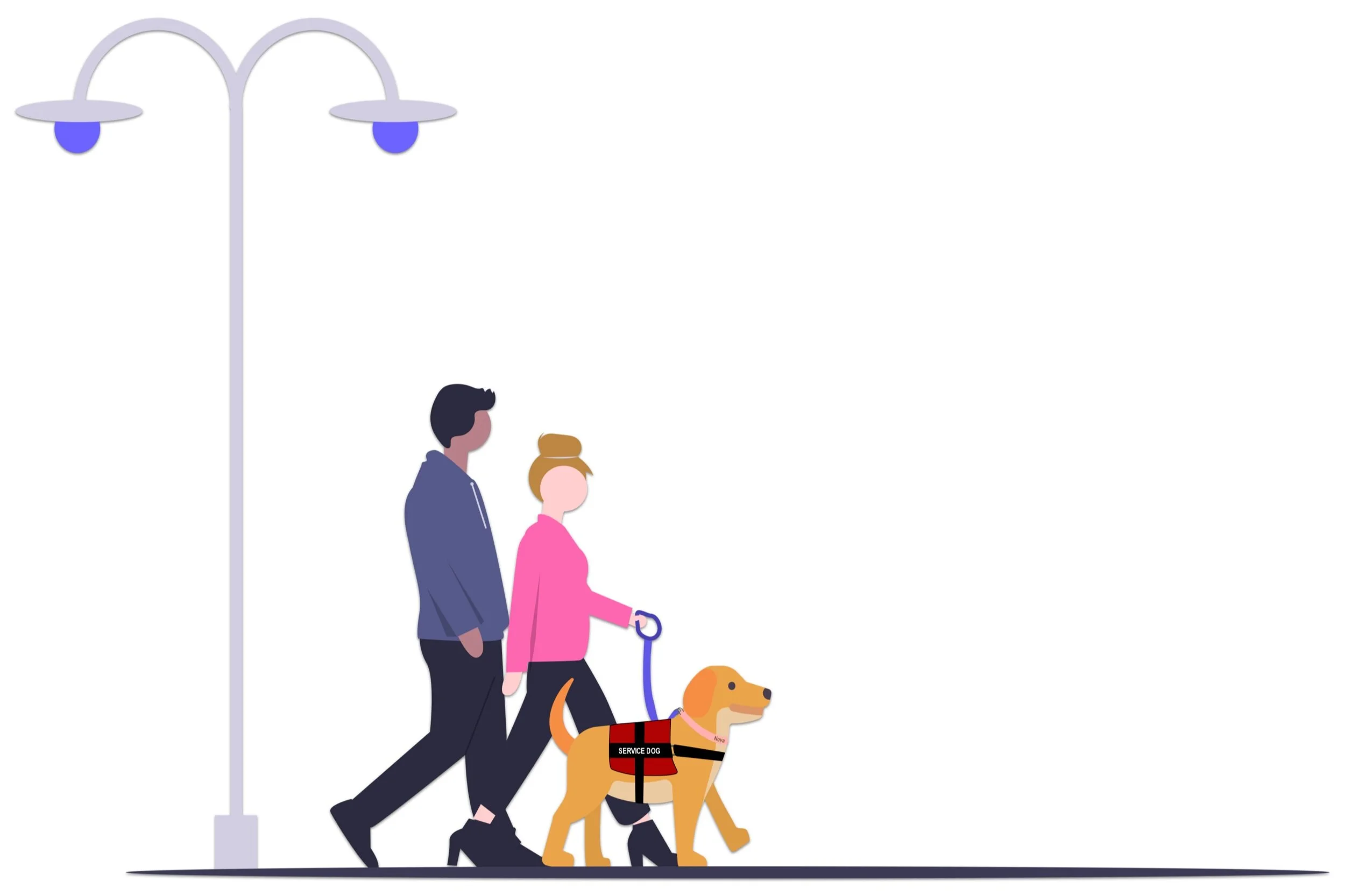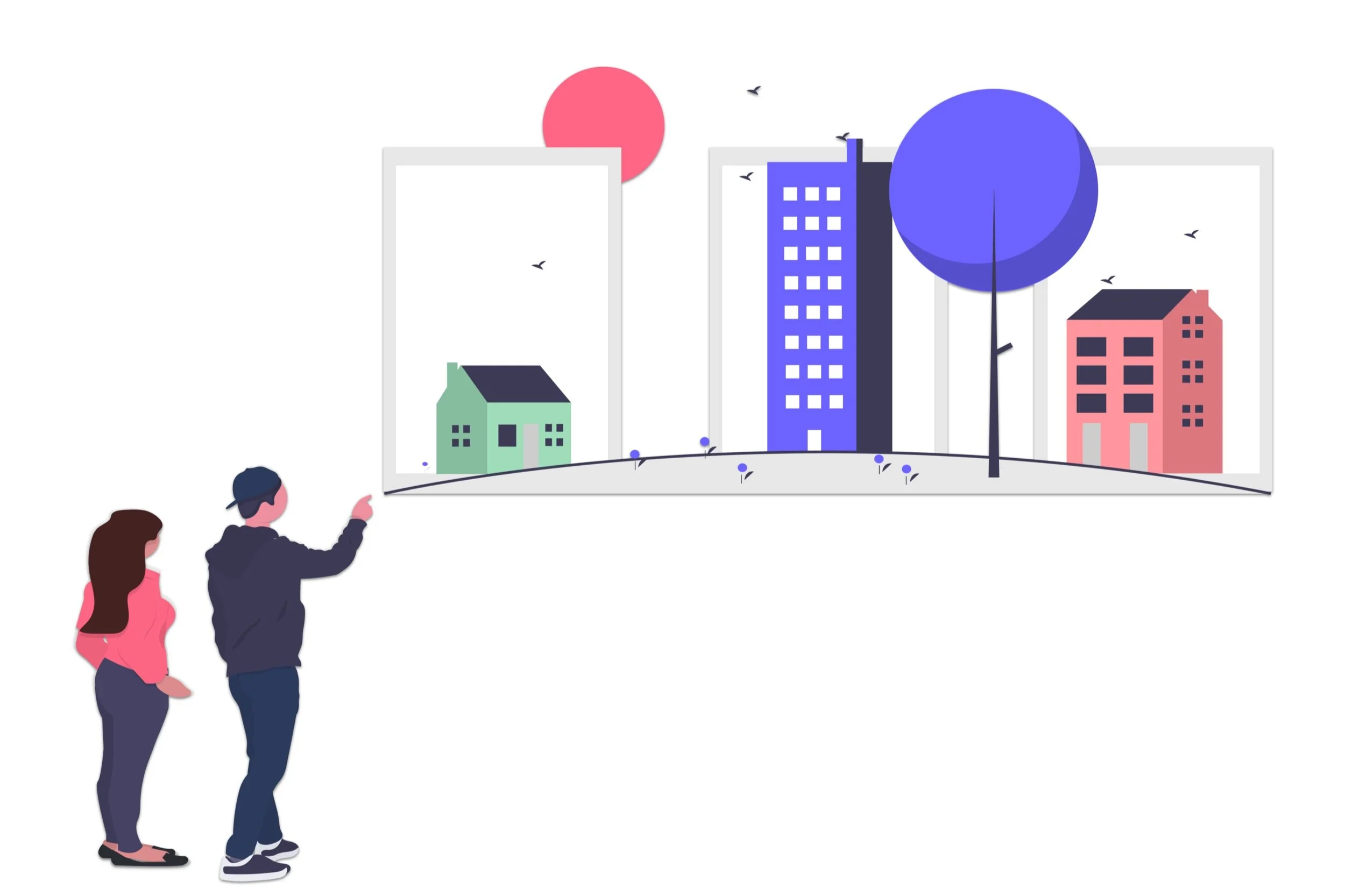Supported Decision Making
Supported Decision Making (SDM) is a new alternative to guardianship. It would allow self-advocates to assign supporters to help them with specific topics. Unlike guardianship, Supported Decision Making does not involve a judge.
Supported Decision Making - In The News
Read about our self-advocates’ latest work on SDM.
Supported Decision Making with Austin and Kim
Learn more about Supported Decision Making by watching these videos, led by self-advocates and SDM Task Force members Austin Carr and Kim Plaut.
Supported Decision Making Explained with Austin and Kim
Questions include:
What is supported decision making?
What is the purpose of SDM?
Can you have one supporter or more?
What are some examples of people needing support?
What are the challenges with guardianship?
With guardianship, who decides?
Who makes the decisions when it comes to SDM?
The Challenges of Supported Decision with Austin and Kim
Questions include:
What are some of the challenges for people making their own decisions?
What are some of the factors when making your own decisions? Can you give an example?
Can you give me another example of a difficult deicion that people try to make?
Do some supporters make it hard to make a decision? Can you give an example?
What else did you hear from people?
What about people who have guardians?
How does that affect decision-making?
Can you give us an example of what people are saying?
The Supported Decision Making Bill Explained with Austin and Kim
Questions include:
When was the bill worked on?
What is the SDM coalition?
What is so important about this bill?
Have other states passed the SDM bill?
What is an SDM agreement?
About Supported Decision Making (SDM)
What is Supported Decision Making?
Supported Decision Making is an option other than guardianship, and something that could help elders and people with disabilities. The purpose of supported decision making is to have the ability to make your own choices with support. You get to select your team to help with important decisions in your life.
Read more about Supported Decision Making here.
Why do we have Supported Decision Making?
We all get support. We might ask our parents for help with renting an apartment, have a friend to come over to help us get ready for a night out, or go to a sibling to discuss something difficult. Supported Decision Making is just taking what a lot of us do already and putting it into a formal agreement. The reason we use a formal agreement (what we call a Supported Decision Making Agreement) is to provide an alternative to guardianship for those who are eligible and preserve self-advocates’ decision-making rights.
How does Supported Decision Making work?
The self-advocate assigns one or more supporters for different topics they would like help with. For example, you could assign your mom to be your supporter in all areas. Alternatively, you could assign your brother to be your supporter in health care, your aunt to be your supporter in financial matters, and your family friend to be your supporter in social situations.
Who makes the decisions?
You do!
With Supported Decision Making, your supporters are there to help with your decision, but they are not there to make the decision. For example, after speaking with your supporter you may decide to agree with them on the decision. In another case, however, you may decide that you would like to go in a different direction. It is your decision. Your supporter is just that - a supporter, not a decision-maker.
But what if people already listen to me?
Then that’s great! Supported Decision Making can be used for people in all situations.
Supported Decision Making can teach you how to become more independent and help you to use your voice and your rights - whether you live in a group home, on your own, or with family.
Even if you live with friends and/or family members who listen to and support you, a Supported Decision Making Agreement can help to create more equal relationships, especially for adults living with their parents.
And how is Supported Decision Making different from guardianship?
Guardianship goes through the courts and there is only one guardian. Supported Decision Making is a private agreement you make with your supporters. You can end your agreements whenever you want. You can also set an ending date, for example six months after the agreement goes into effect.
But what about guardianship? Are we getting rid of it?
Guardianship is still going to be a great option for some people. Supported Decision Making is not a replacement for guardianship, but rather an alternative. It’s all about what’s right for you!
Subscribe
Sign up with your email address to receive news and updates.
Examples of Supported Decision Making
Health
A supporter can help you decide what medical treatments you might want. A supporter can also take notes at an appointment and work with you later so you can take some time to make your decision.
Social
Providers and parents may get nervous about you going out with friends, especially at night. By having an SDM agreement, you can discuss a potential social situation with your supporter, and ultimately make the decision yourself.
Housing
Under guardianship, it can be very difficult to choose where you live. With an SDM agreement, you can make this decision for yourself. Your supporter can help you pursue a change to another group home or towards more independent living.
“Sometimes people who aren’t their own guardian don’t get listened to.”
The MASS SDM Task Force - A History
June 2017
MASS’s Executive Board decides to lead a task force on supported decision-making after a presentation by Harvard Law School Project on Disability and Disability Law Center.
February 2018
MASS organizes a statewide conference for self-advocates to share the barriers they have making their own decisions.
October to November 2018
MASS organizes 4 regional forums to learn more from self-advocates about what they want from an SDM law.
April to May 2019
MASS conducts interviews with select regional forum participants.
June 2019 to Present
MASS continues to work with Task Force members to advocate with self-advocates’ so their voices can be heard.
“They put me to bed so they can go do other things. And I don’t want to go to bed at 8 o’clock. […] I feel like a little boy. Like a four-year old.”
Does Supported Decision Making Work?
Confidence
The Center for Public Representation in Massachusetts is in its third year of an SDM demonstration project. They’ve found that participants using Supported Decision Making are more independent, more confident, and feel more empowered to use their voices. The self-advocates also reported positively on being included in conversations, being asked for their opinions, and then having the dignity of supporters honoring their choices.
Global Success
The United Nations has endorsed Supported Decision Making in Article 12 of their Convention on the Rights of Persons with Disabilities. Supported decision making is already being utilized in countries around the world, including Australia, Ireland, Sweden, Germany, Great Britain, and Canada.
Quality of Life
Research shows that using supported decision making leads to a more positive quality of life. Self-determination has created better employment situations, increased daily independence, and has empowered people with disabilities to become more integrated with their communities.
In short, when people make their own decisions, even if it’s with the support of other people, they enjoy a better life.
“[My case manager] says she doesn’t think I can do it, but how do you know unless you try?”
Get Involved
MASS has several ways you can get involved with Supported Decision Making!
Get Updates
Subscribe to our monthly newsletter to read about what’s happening!
Get in Touch
Email us using the contact form below! You can learn more, ask questions, and join the MASS SDM Task Force!
FAQs 1
About: Supported Decision Making, what self-advocates are saying, the differences between SDM and guardianship, and how SDM can help people in group homes.
What is Supported Decision Making?
Can you have one supporter or more?
How is guardianship different from SDM?
With guardianship, who decides?
Who makes the decisions with SDM?
What are some factors when making your decisions?
Do some supporters make it hard to make a decision?
How does SDM affect people in group homes?
What is the purpose of SDM?
What are some examples of people needing support?
What are the challenges of guardianship?
Do you have to go to court with SDM?
What are the challenges for people making their own decisions?
What is an example of a difficult decision someone’s had to make?
What else are self-advocates saying about SDM?
How does SDM affect people who already have guardians?
FAQs 2
About: the Supported Decision Making bill in Massachusetts
Why do we need an SDM bill?
When was the SDM bill in MA worked on?
What is so important about the SDM bill?
Have other states passed the SDM bill?
FAQs 3
Additional questions
What is an SDM Agreement?
How do I get involved with SDM?
Contact Us
Contact us to learn more about our mission and work, or to become involved yourself!










